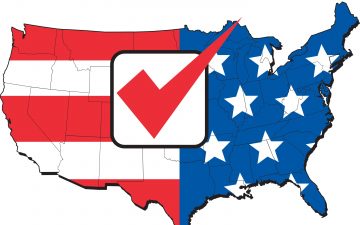
Understanding the ACA’s 90-Day Waiting Period Limitation
Limits Also Placed on Cumulative Service Requirements, Orientation Periods
The Affordable Care Act (ACA) limits waiting periods applied by group health plans to 90 days after an employee is otherwise eligible for coverage. The discussion below is intended to help employers understand this limitation—however, please keep in mind that compliance with the waiting period rules is not determinative of compliance with other ACA provisions (such as pay or play).
‘Waiting Period’ Defined
A waiting period is the period of time that must pass before coverage for an employee or dependent who is otherwise eligible to enroll under the terms of a group health plan can become effective. Being “otherwise eligible” for coverage means having met the plan’s substantive eligibility requirements (such as, for example, being in an eligible job classification or satisfying a reasonable and bona fide employment-based orientation period).
90-Day Waiting Period Limit
After an individual is determined to be otherwise eligible for coverage, he or she cannot wait more than 90 days before coverage is effective. All calendar days are counted for purposes of the 90-day limit, including weekends and holidays, beginning on the individual’s enrollment date. For example, if a group health plan provides that full-time employees are eligible for coverage and Employee A begins employment as a full-time employee on January 19, Employee A’s coverage must become effective no later than April 19 (assuming February lasts 28 days).
Eligibility Conditions
Conditions for eligibility under the terms of a group health plan are generally permissible, unless the condition is designed to avoid compliance with the 90-day waiting period limitation. Federal regulations provide the following guidelines regarding two specific conditions for eligibility:
- Cumulative Service Requirements: If a group health plan conditions eligibility on an employee’s having completed a number of cumulative hours of service, the eligibility condition is not considered to be designed to avoid compliance with the 90-day waiting period limitation if the cumulative hours-of-service requirement does not exceed 1,200 hours.
- Orientation Periods: An orientation period is permitted only if it does not exceed one month, and the 90-day waiting period must begin on the first day after such orientation period. (Note: applicable large employers may not be able to impose the full one-month orientation period and the full 90-day waiting period without potentially becoming subject to pay or play penalties).
- For this purpose, one month is determined by adding one calendar month and subtracting one calendar day, measured from an employee’s start date in a position that is otherwise eligible for coverage (or, if there is not a corresponding date in the next calendar month, the last day of the next calendar month). For example, if an employee’s start date in an otherwise eligible position is May 3, the last permitted day of the orientation period is June 2.
Be sure to check the U.S. Department of Labor’s 90-day waiting period limitation webpage for the latest guidance.



